The key to a healthy, active body is flexibility. And the secret behind flexibility isn’t really a secret at all… all you have to do is stretch.
The concept of stretching is just as simple as you think, but what a lot of people tend to lack when it comes to stretching is consistency. Every stretching practice builds on the next one, which means that the gains you see will be small and they might take a long time to accrue. But that doesn’t mean the gains aren’t there.
Along with loosening up the body, stretching also loosens up the mind. It wakes up the central nervous system and, if done first thing in the morning, can set you up for a more clear-headed day.
Getting the most out of a stretching routine doesn’t mean just going through the motions for 20-30 minutes every day. It involves the presence of mind and also the presence of breath. If you breathe through your stretches, it helps to minimize discomfort while allowing the body to ease into a pose that might not come naturally. Breathing also raises awareness within the body to help you, the stretcher, realize what muscles are being used during certain poses. When awareness is amped up in this way, you can really start to appreciate all the amazing things that your body is capable of.

Another important component of stretching is hydration. The more water that’s in your system, the more pliable your muscle tissue is apt to be. If you’re intimidated by the thought of deeply stretching, drink some water first and let it soak in before beginning your session. You might be surprised by the mobility you can achieve just by making sure your muscles aren’t stiff and dehydrated.
If maintaining consistent hydration is a challenge for you, Protekt has got you covered. We’re now offering a new line of performance supplements in liquid form. These include hydration supplements and electrolyte supplements that can give you that much-needed boost for stretching. They’ll help hydrate your muscle tissue and give you a clean burst of energy without bogging you down with junk calories.
If you’re new to stretching or haven’t moved your body in such a way for a long time, don’t force yourself to do things above your skill level. Starting slow is the way to go. A 20-minute session full of basic stretches can do wonders, and it’s not just the stretch poses that are important. It’s also how you move your body from one position to the other - when you take those motions slow, you’re gaining strength and training your body.
Instead of seeing stretching as something you can do to mitigate soreness or injuries, look at it from the other side. By keeping up a steady stretching routine, you can prevent sore muscles that may have occurred had your body been rigid and unprepared. This will keep you better primed for both workouts and competition.
Of course, there might be some discomfort, but that’s okay - as long as it’s nothing too extreme. If you need to release from the pose early, that’s fine - as long as you’re doing it. If you find it difficult, that’s fine. That just proves you’re making progress!
*These statements have not been evaluated by the FDA. Protekt products are not intended to diagnose, treat, cure, or prevent any disease.
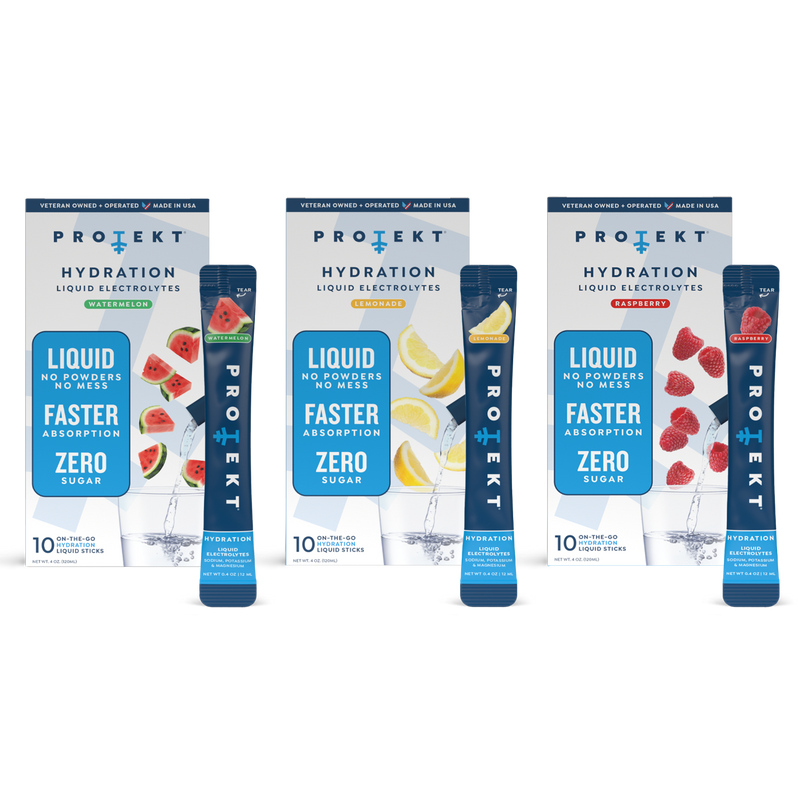
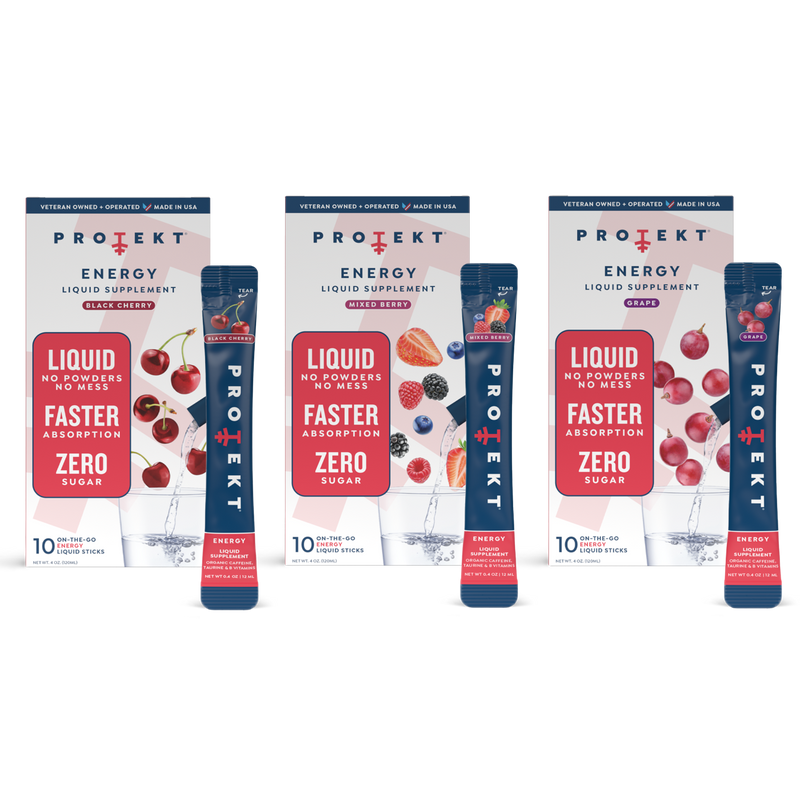

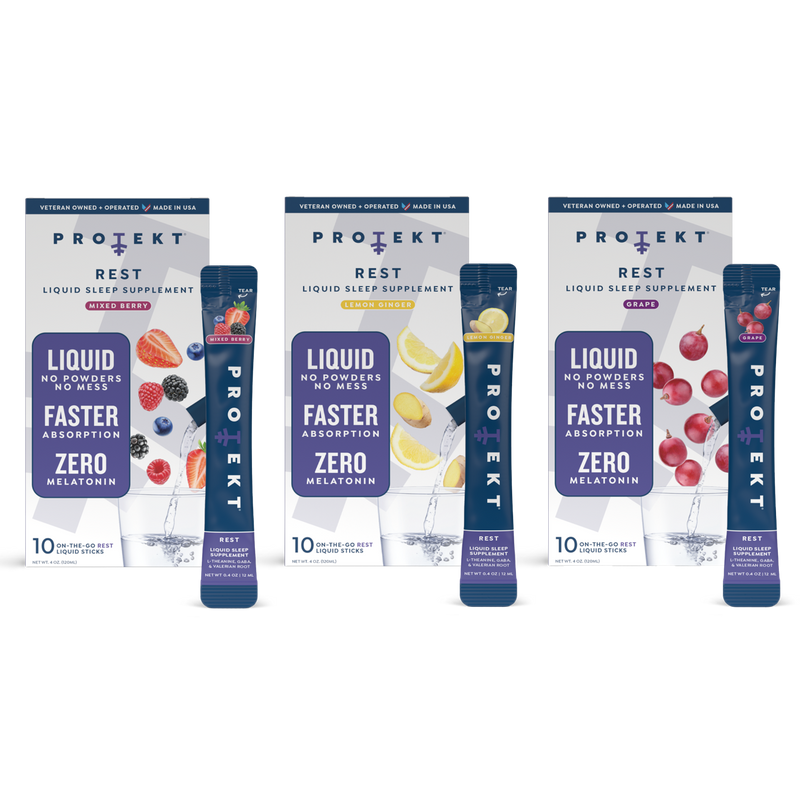



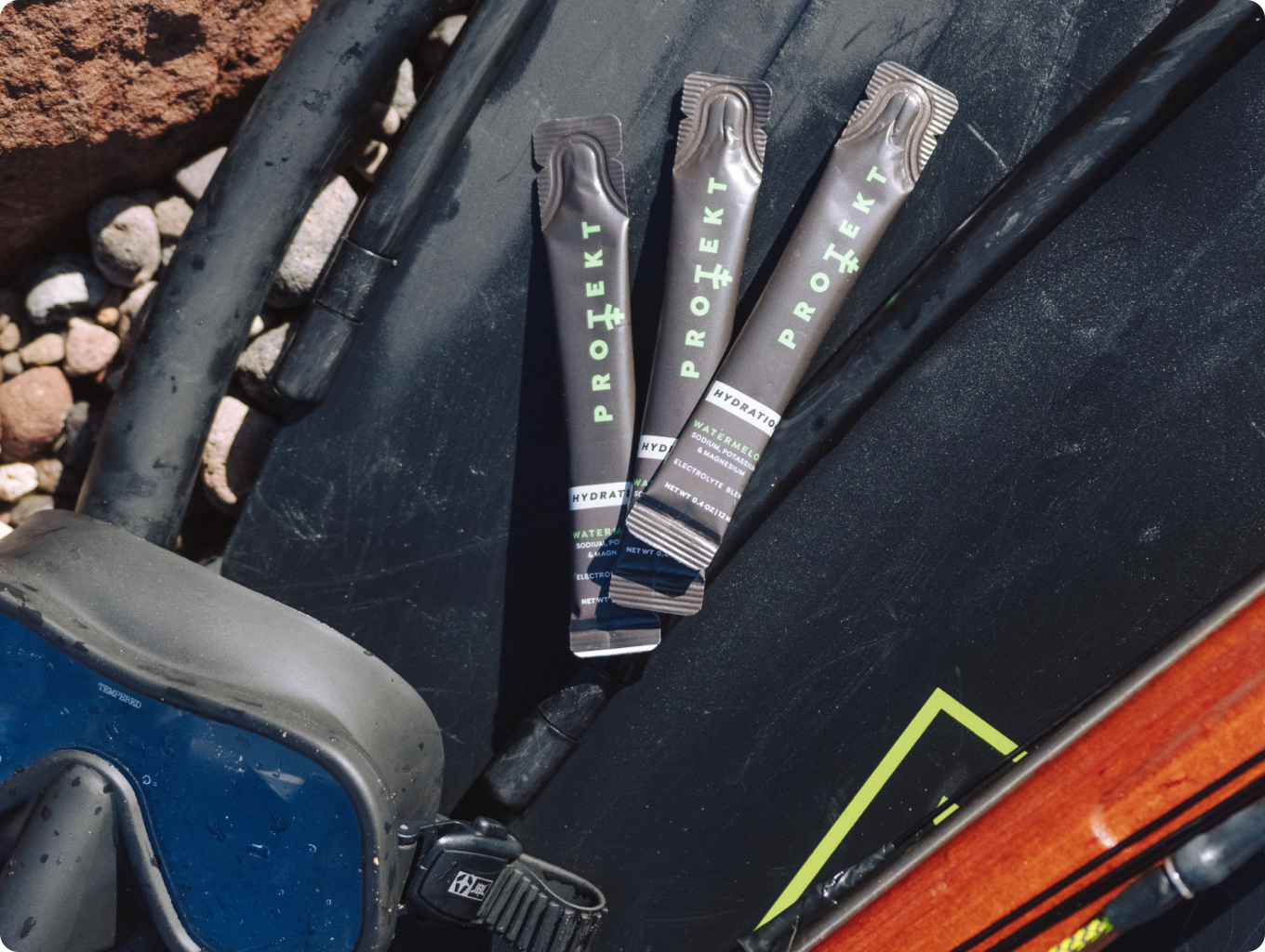
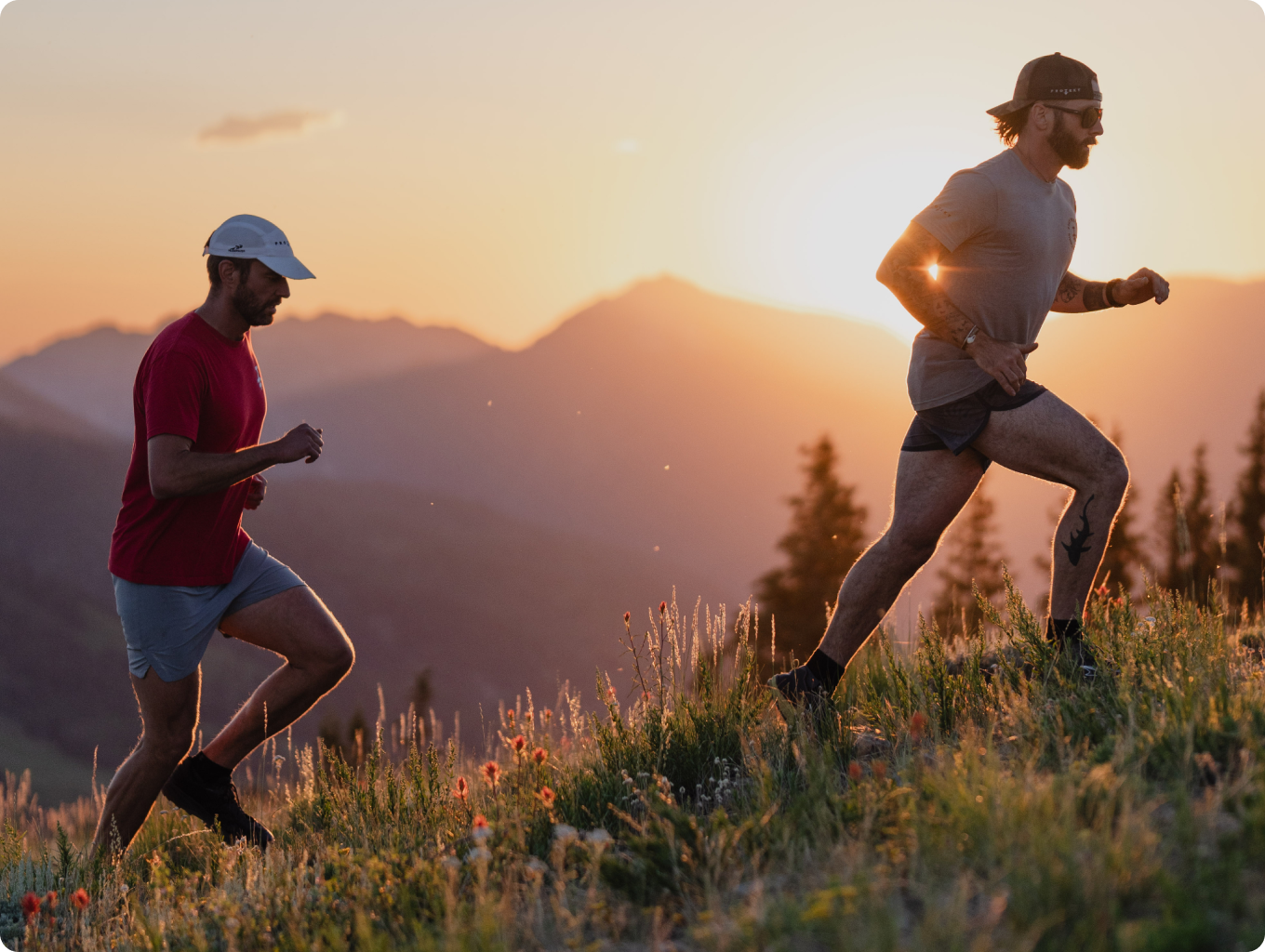

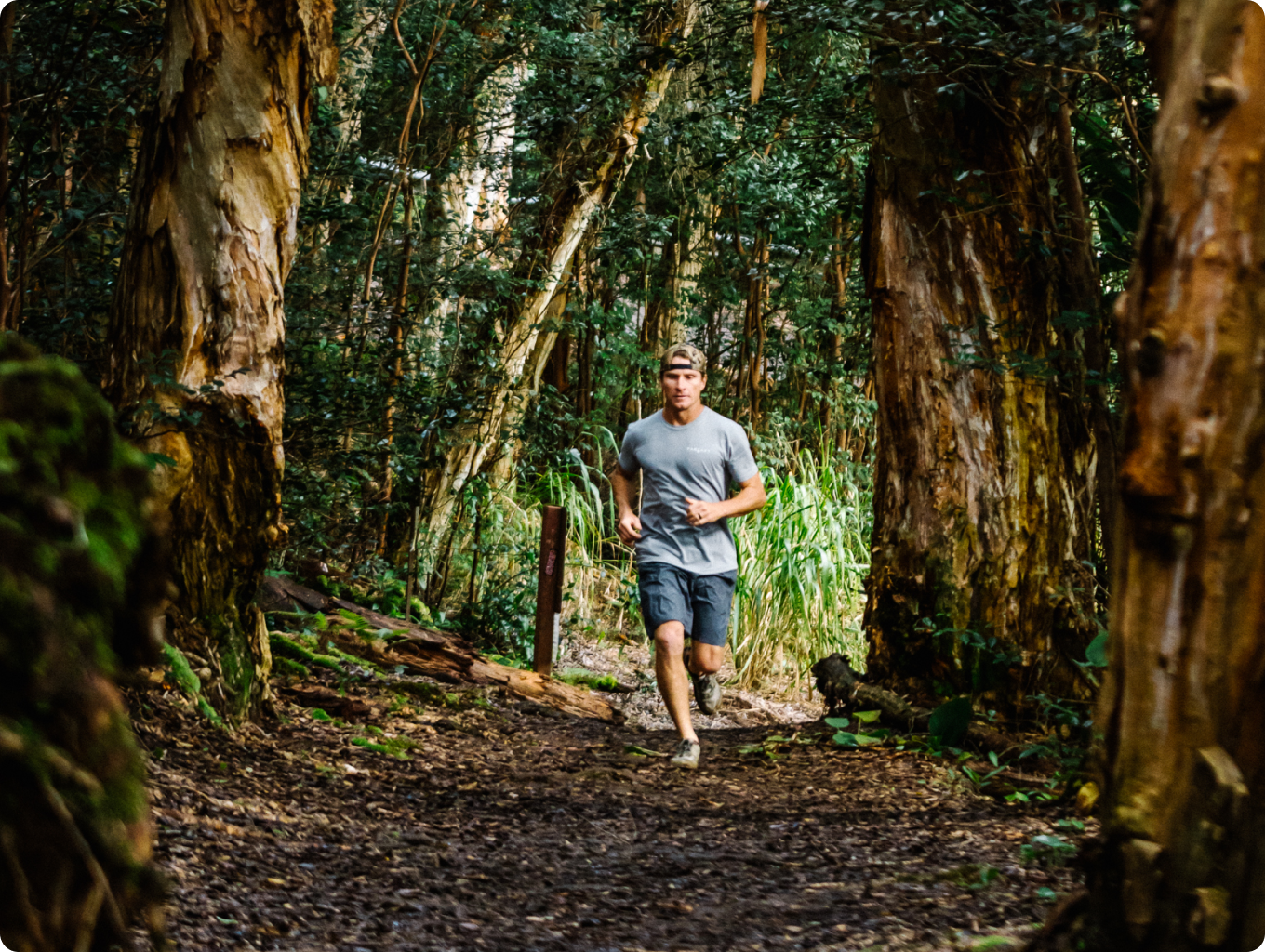
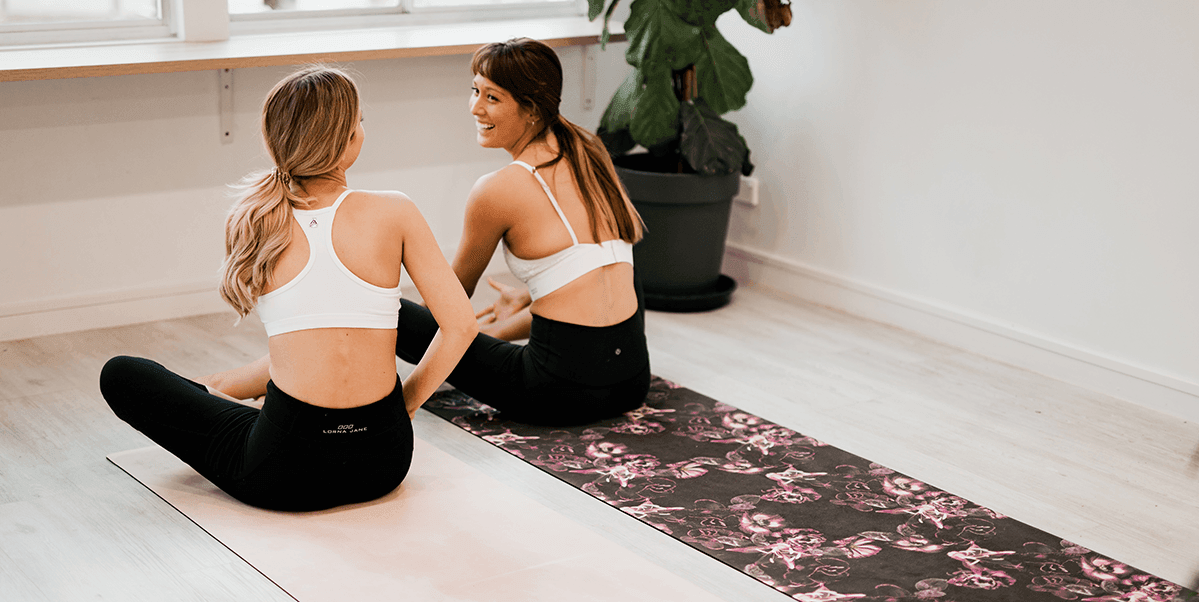


Leave a comment
All comments are moderated before being published.
This site is protected by hCaptcha and the hCaptcha Privacy Policy and Terms of Service apply.